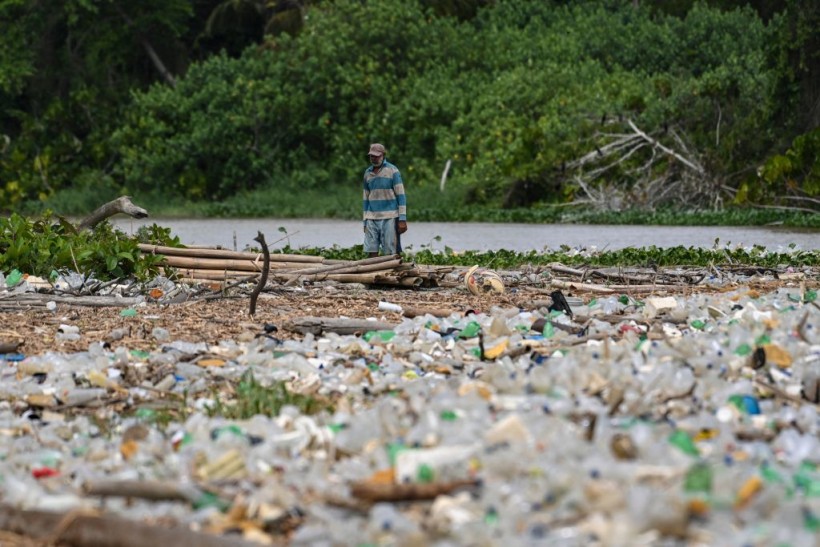A recent study found that critters change their mating behavior whenever they are exposed to toxic plastic additives.

Researchers explained that plastics contain a mixture of chemical additives that can leach into the environment and potentially cause harmful effects on reproduction and the endocrine system.
Male Fertility
Two of these chemicals, N-butyl benzenesulfonamide (NBBS) and triphenyl phosphate (TPHP), are among the top 30 organic chemicals detected in surface and groundwater and are currently placed on international watchlist for evaluation.
They said that although bans have been placed on legacy pollutants, such as diethylhexyl phthalate (DEHP) and dibutyl phthalate (DBP), their persistence remains a concern.
The study aimed to examine the impact of plastic additives, including NBBS, TPHP, DBP, and DEHP, on the reproductive behavior as well as in the male fertility of the marine amphipod Echinogammarus marinus.
Researchers found out that low levels of NBBS, TPHP, and DEHP prolonged the contact and re-pairing time of amphipods and the proportion of pairs reduced drastically with re-pairing success ranging from 75% to 100% in the control group and 0% to 85% in the exposed groups at 96 h.
Furthermore, the sperm count declined by 40% and 60% in the 50 μg/l and 500 μg/l DBP groups, respectively, whereas TPHP resulted in significantly lower sperms in 50 μg/l exposed group.
The Echinogammarus marinus is a common marine amphipod found along the coastlines of northwestern Europe, from Norway to southern Portugal. It is an intertidal estuarine species and a crucial food source for wading birds.
The said species has been used in several ecotoxicological studies.
Sperm count, viability, and motility are the most common measures used to evaluate sperm quality in amphipods.
Read Also: Plastic Polluting Oceans: Top 4 Plastic Waste People Found on Beaches
Sperm Count
Previous studies indicated that it is essential to monitor sperm counts in amphipods because low counts have been correlated with decreased egg fertilization and smaller broods.
The study found that sperm count in NBBS and DEHP did not show a concentration-response relationship.
Experts noted that the count at low concentrations was similar to that at high concentrations, with an approximately 10% difference from that of the control group.
They explained that this could be due to the high individual variability in the number of sperms retrieved from individual animals within the same concentration.
This kind of variability in sperm count has also been previously reported by Trapp et al. (2015), who found that low concentrations of methoxyfenozide showed high inter-individual variability in sperm counts of G. fossarum.
Although this study only assessed sperm quantity, environmental compounds are also seen to affect sperm quality, depending on the specific properties of the pollutant and the methodology used for assessing sperm quality.
While behavioral and reproductive experiments provide helpful information on population-level effects, it is difficult to ascertain the modes of action of these compounds, which may differ from those of fish and other invertebrates.
However, the effects found at environmentally relevant concentrations indicate the possibility of negative implications on higher ecological levels, since environmental protection aims to protect aquatic life over the long term.
Related Article: Russia Successfully Launches Spacecraft Full Of Critters Into Space
© 2024 NatureWorldNews.com All rights reserved. Do not reproduce without permission.





